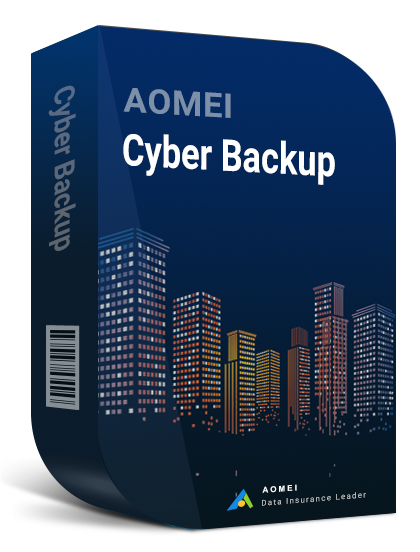Why Auto Backup?
In an era where digital data is king, safeguarding your files against loss or damage is paramount. An SD card, commonly used in cameras, smartphones, and other portable devices, often holds cherished memories, important documents, and irreplaceable content. However, the vulnerability of SD cards to physical damage, corruption, or loss necessitates a robust backup strategy.
-
Convenience: Manually backing up data can be time-consuming and prone to human error. Auto backup solutions automate this process, ensuring regular backups without user intervention.
-
Continuous Protection: With auto backup, your files are backed up regularly, providing continuous protection against data loss.
-
Peace of Mind: Knowing that your data is safely backed up alleviates concerns about accidental deletion, device failure, or data corruption.
How to Auto Backup SD Card
1. Built-in Device Settings
- Many smartphones and cameras offer built-in settings to automatically back up photos and videos to cloud storage or a connected computer. Explore the settings menu on your device to enable this feature.
2. Third-Party Backup Apps
- Numerous third-party apps cater to auto backup solutions for SD cards. Apps like Google Photos, Dropbox, or SyncBackPro offer seamless integration with SD cards, allowing you to schedule backups and customize backup settings.
3. Wireless Backup Devices
- Devices such as wireless SD card readers or portable hard drives with built-in Wi-Fi capabilities enable wireless auto backup of SD card contents. Simply connect your SD card to the device, and it will automatically back up your files to its storage.
Tips for Effective Auto Backup
-
Regularly Review Backup Settings: Periodically review and adjust your auto backup settings to ensure they align with your preferences and storage capacity.
-
Multiple Backup Locations: Consider backing up your SD card to multiple locations, such as cloud storage, external hard drives, and local computers, to mitigate the risk of data loss.
-
Encryption: If your SD card contains sensitive information, encrypt your backups to protect them from unauthorized access in case of theft or loss.
Conclusion
Auto backup solutions for SD cards offer a convenient and reliable method to safeguard your valuable data against loss or damage. By leveraging built-in device settings, third-party apps, or wireless backup devices, you can automate the backup process and enjoy peace of mind knowing that your files are securely stored. Remember to regularly review and adjust your backup settings, utilize multiple backup locations, and consider encryption for added security. With the right approach to auto backup, you can ensure your precious memories and important files remain safe and accessible for years to come.



